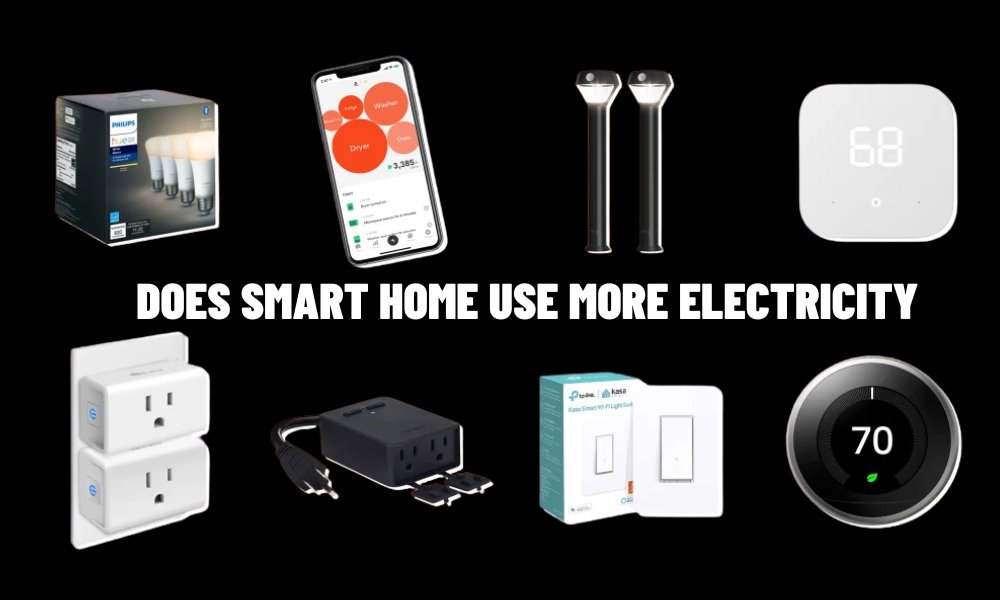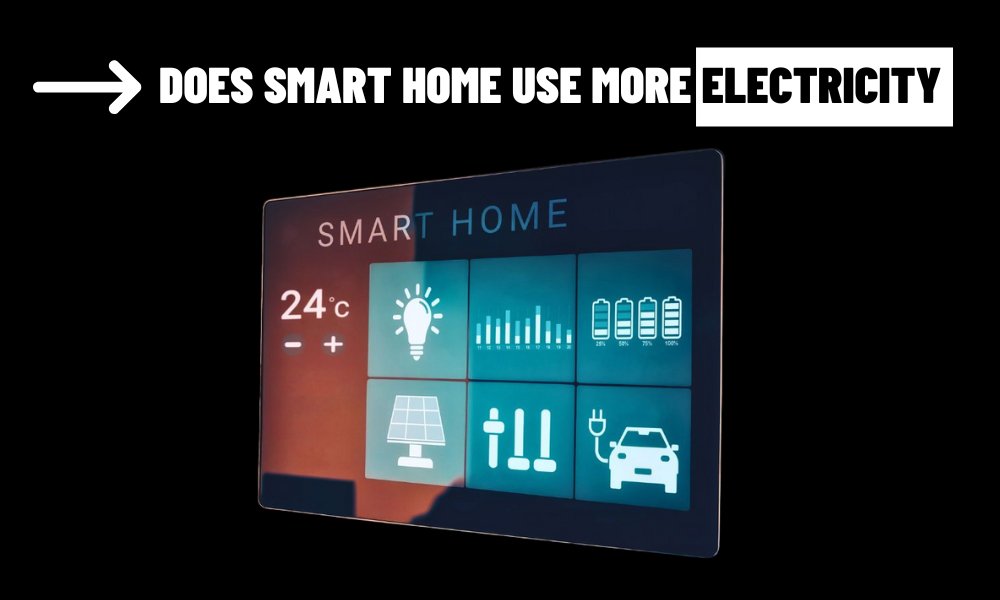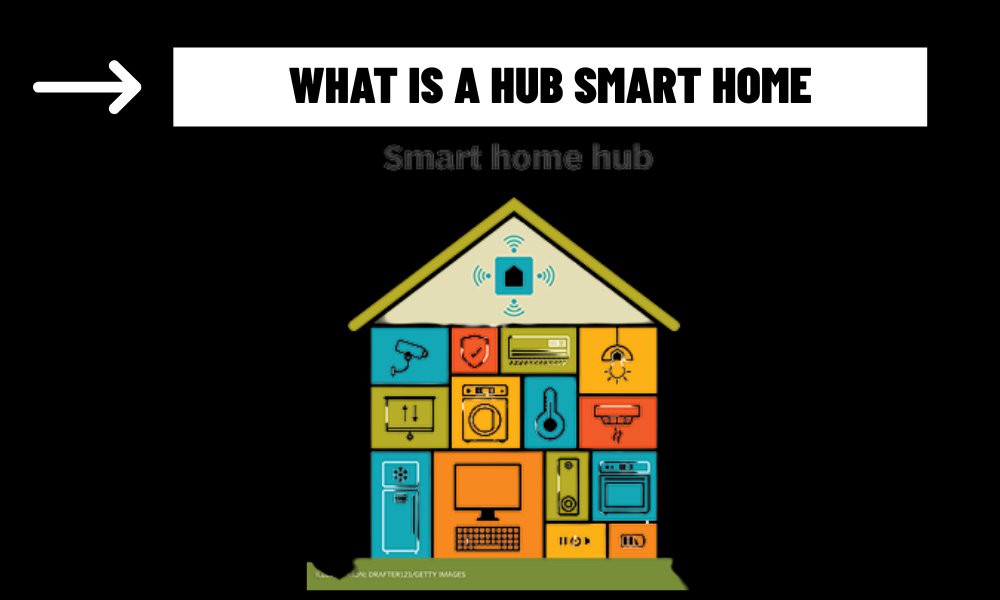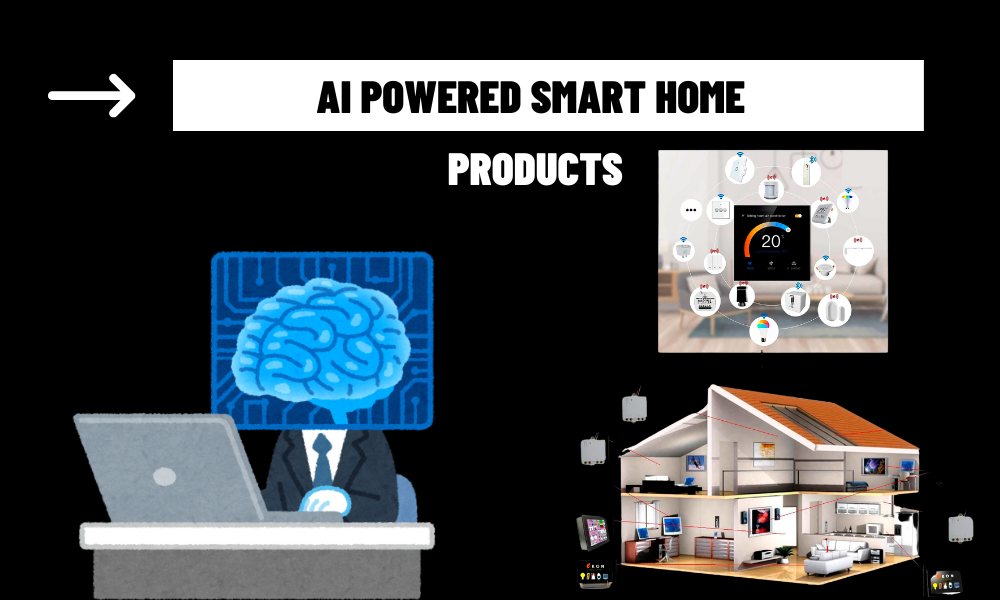The question of whether smart homes use more electricity is a common concern for homeowners looking to adopt home automation technologies. While it’s understandable to assume that adding more electronic devices might increase energy consumption, the reality is that smart home technologies can actually help reduce electricity usage in several significant ways. However, as with any technology, it depends on how devices are used and the systems that are integrated into the home. Let’s break down the factors involved.
Contents
How Smart Homes Can Help Save Electricity
Energy-Efficient Devices
One of the primary goals of smart home technology is to increase energy efficiency. Many smart devices, like smart thermostats (e.g., Nest or Ecobee), smart lighting (e.g., Philips Hue), and smart appliances, are designed to optimize power consumption. They learn from your habits and adjust accordingly to reduce unnecessary energy usage.
Smart Thermostats: These devices adjust the heating and cooling of your home based on your schedule and behavior. For example, if you leave for work or go to bed, the thermostat can automatically lower the temperature in the winter or raise it in the summer, preventing the HVAC system from running when it’s not needed. This results in significant energy savings.
Smart Lighting: Smart lights can be scheduled to turn off when not in use or adjust brightness based on natural light levels. Motion sensors in smart lighting systems can also automatically turn lights on and off when a room is in use, preventing lights from being left on unnecessarily.
Smart Appliances
Many IoT-enabled appliances, such as refrigerators, washing machines, and dishwashers, are designed to operate more efficiently than traditional models. For example, a smart washing machine might run at off-peak hours when electricity rates are lower or optimize water usage to save energy during each cycle. Similarly, smart refrigerators can adjust their cooling cycles based on the amount of food inside, reducing energy consumption.
Power Monitoring
Many smart home systems come with energy monitoring features that allow homeowners to track electricity usage in real-time. Smart plugs and smart meters provide detailed insights into how much energy each device is consuming, helping you identify energy hogs. With this information, you can make adjustments to reduce consumption by switching off unused devices or replacing energy-inefficient ones.
Automated Scheduling
A smart home can automate routine tasks like controlling the temperature, lighting, and even managing power-hungry devices. With automated schedules, you can make sure devices are only running when needed. For example, you can schedule your water heater or dishwasher to operate during the night when electricity demand is lower, or when your utility provider offers off-peak rates.

Do Smart Homes Use More Electricity?
While the energy savings from smart home technology are clear, there are a few factors that could lead to increased electricity consumption under certain circumstances:
The Addition of More Devices
The more smart devices you install, the more electricity you may consume. For example, adding multiple smart speakers, smart displays, or connected appliances will naturally lead to more power usage, as these devices require continuous power to stay connected to your Wi-Fi and be “ready” for commands. However, this increase is usually minimal compared to the overall energy savings from the devices designed to optimize home functions.
Increased Standby Power Consumption
Many smart home devices, particularly those with continuous connectivity like smart hubs, voice assistants (Amazon Alexa, Google Assistant), and smart cameras, consume a small amount of power even when they are in standby mode. This phenomenon is known as “phantom load” or “vampire power.” However, these devices typically consume very little energy, and the impact on your overall electricity bill is usually insignificant unless you have an excessive number of devices.
Use of High-Power Devices
Some smart appliances (like smart ovens, air conditioners, or space heaters) may use more energy than their traditional counterparts, especially if they are being used frequently or without efficient settings. While they often come with energy-saving features, improper use or excessive operation can offset some of the benefits.
Smart Homes Can Help Save, Not Waste, Energy
In summary, smart homes typically help reduce electricity consumption rather than increase it. The key advantage of integrating IoT devices into your home lies in their ability to optimize the use of energy. By managing systems like heating, lighting, cooling, and even appliances more intelligently, smart home technology can lower your overall energy usage.
However, it’s important to choose devices wisely and use them according to best practices to maximize the benefits. For instance, regularly checking your device settings, scheduling devices to run at optimal times, and ensuring that devices are only consuming energy when necessary will keep your electricity usage low.
As smart home technologies continue to evolve, their potential for energy conservation will likely improve, further supporting the transition to more energy-efficient homes and helping to reduce carbon footprints over time.



